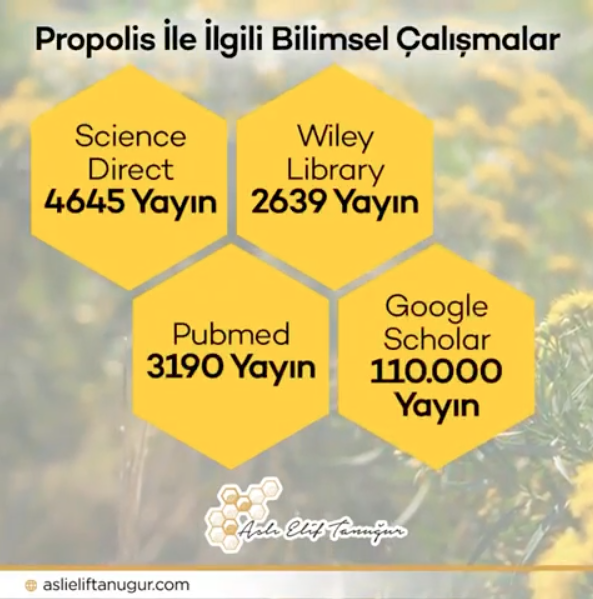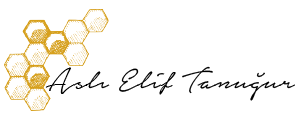 Propolis is a natural product collected by honey bees from various plants such as poplar, palm, pine, conifer secretions, gums, resins, mucilage, and leaf buds. It has been used extensively in complementary medicine for many years by mankind. Honeybees (Apis mellifera) utilize that waxy resin to protect their hives by sealing cracks and disinfecting. Propolis derives from Greek in which 'pro' implies "before" and 'polis' means "city" or "community," indicating the role of propolis in defending the hive. Ancient Greek and Egyptians applied propolis as an antiseptic. For instance, Egyptians protected the mummies from parasites and microorganisms by propolis. In the 11th century, Avicenna (Ibn Sina) recommended propolis to cure the wounds of the soldiers. Similarly, Russians could defeat tuberculosis with the help of propolis. Hippocrates, a Greek physician, considered the father of modern medicine, recognized the healing properties of propolis, and suggested in prescriptions. In central Asia, propolis was utilized in treatments of various skin diseases (Martinotti, S., and Ranzato, E., 2015. Propolis: a new frontier for wound healing?. Burns & Trauma, 3(1), p.9).
It is evident that propolis has been used for many medicinal purposes for many ages, and it is still a valuable natural remedy for humans. A high number of published work is available in the literature as follows, showing that propolis is a well-known bee product.
Propolis is a natural product collected by honey bees from various plants such as poplar, palm, pine, conifer secretions, gums, resins, mucilage, and leaf buds. It has been used extensively in complementary medicine for many years by mankind. Honeybees (Apis mellifera) utilize that waxy resin to protect their hives by sealing cracks and disinfecting. Propolis derives from Greek in which 'pro' implies "before" and 'polis' means "city" or "community," indicating the role of propolis in defending the hive. Ancient Greek and Egyptians applied propolis as an antiseptic. For instance, Egyptians protected the mummies from parasites and microorganisms by propolis. In the 11th century, Avicenna (Ibn Sina) recommended propolis to cure the wounds of the soldiers. Similarly, Russians could defeat tuberculosis with the help of propolis. Hippocrates, a Greek physician, considered the father of modern medicine, recognized the healing properties of propolis, and suggested in prescriptions. In central Asia, propolis was utilized in treatments of various skin diseases (Martinotti, S., and Ranzato, E., 2015. Propolis: a new frontier for wound healing?. Burns & Trauma, 3(1), p.9).
It is evident that propolis has been used for many medicinal purposes for many ages, and it is still a valuable natural remedy for humans. A high number of published work is available in the literature as follows, showing that propolis is a well-known bee product.
Scholar-110,000
Wiley Library-2639
Science Direct- 4645
Pubmed-3190
